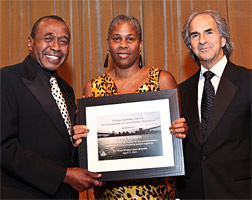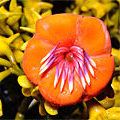GUEST BLOG
NOTES by Brian Gaisford
Introductory comment by Howard Teich
Brian is the owner of Hemingway African Galleries in New York City, a leading advocate for actions to insure the survival of the African lion, elephant and Hippopotamus, and safari guide in Southern Africa. Not only have I purchased several amazing stone sculptures from him, I have been absorbed by his profound commitment to the survival of wildlife in Southern Africa, and so I share these notes he gave me to read after his most recent visit to Southern Africa on the status of the Hippopotamus. Their website is: www.hemingwayafricangallery.com
Subject: Rhino War
I am just back from S. Africa and Mozambique . We were taking a close look into who and why our rhinos are being slaughtered. We interviewed farmers, officials, hunters, veterinarians, police, army units, trackers, guides and dedicated rhino security units in the field, Walked miles in the parks and along the Mozambique border. People across the world are calling the most recent rhino slaughter the Rhino War. Here I will outline the reasons why the rhinos are currently losing this war and why there is little hope in sight.












